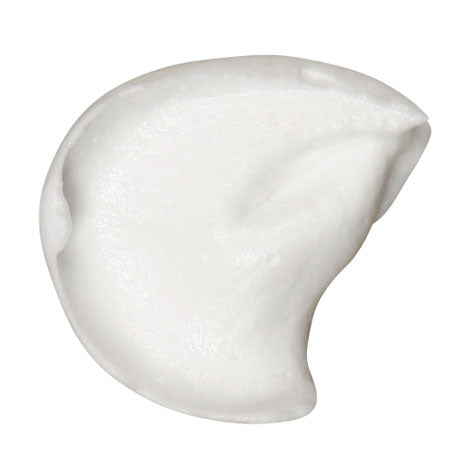

Recipe
4 organic eggs
2.5 dl sugar or erythritol
2.5 dl gluten-free flour blend
Whisk the eggs and sugar together in a bowl for 10-15 minutes, until you achieve a thick, light-colored foam. Preheat the oven to 180°C . Grease a 20 cm springform pan and dust it with almond flour. Sift the flour into the egg-sugar foam, gently folding it in until well combined. Pour the batter into the prepared pan. Bake for 30-35 minutes. Check if it's done by inserting a toothpick into the center of the cake. If it comes out clean, the cake is done. Remove the pan from the oven and let the cake cool in the pan for 5-10 minutes. Remove the cake from the pan and let it cool completely on a cooling rack. Once cooled, slice the cake into three layers.
Filling:
2 dl cream
2 dl Greek yogurt
2 tbsp lemon juice
2 tbsp honey
2 bananas
Fresh strawberries
For Decoration:
Thyme sprigs
Peony flowers and petals, thoroughly washed
(Note: Peonies are not edible, but can be used for decoration)
Assembly:
Place one cake layer on a rotating cake board and spread a generous layer of yogurt whipped cream on top. Slice the bananas into thin slices and arrange them over the yogurt whipped cream, along with a generous amount of strawberries. Add a bit more yogurt whipped cream over the strawberries. Place the second cake layer on top and fill it in the same manner as the first layer. Add the third cake layer and spread the remaining yogurt whipped cream over the top and sides of the cake. Smooth it with a knife or spatula. Decorate with peony flowers and thyme sprigs. You can also make edible flowers out of buttercream
instructions below
Buttercream Flowers
200 g butter
4 dl powdered sugar
1 tbsp organic milk or almond milk
Optional:
1 tbs of organic milk or almond milk
For coloring:
Beetroot powder
Turmeric
Whip room-temperature butter in a bowl until it becomes light and fluffy. Gradually add the powdered sugar in small batches while continuing to whip. Whip for several more minutes until the mixture is smooth and airy. Add a tablespoon of cold milk or almond milk and whip for a couple more minutes. The buttercream is ready when it no longer tastes like butter and has a silky, fluffy texture.
Once the buttercream is ready, you can color it with beetroot powder and turmeric. For the petals, you can make different shades by mixing beetroot powder. If you want to make stamen (the central part of the flower), color the buttercream with turmeric. Add the coloring in very small amounts at a time to achieve the desired shade. You can divide the buttercream into several small bowls and mix different shades in each. Buttercream can also be used without coloring.
Use a curved rose piping tip to create the petals. Attach the tip to a piping bag with a coupler. Fill the piping bag with buttercream. To achieve beautiful color variations in the petals, add darker colored buttercream to one side of the piping bag and lighter or white buttercream to the other side. Cut a piece of parchment paper about 7.7 cm square. Place a small dollop of buttercream on the parchment to stick it to a flower nail, rotating cake board, or the bottom of an inverted glass. Hold the piping bag so that the thinner edge of the curved flower tip is facing up. Pipe a round, about 1.5 cm wide dollop as the center of the flower. Pipe one petal around the outer edge of the dollop, rotating the base simultaneously. Pipe a second petal overlapping the first, and continue with a third petal if needed. If necessary, add a fourth petal to fully surround the center. Pipe additional petals around the outer edge, overlapping them until you achieve the desired flower size. If desired, add stamens by using a small round tip and turmeric-colored buttercream. Pipe a thin vertical dollop in the center of the flower and add several similar stamens around it.
Once the flower is complete, place it in the freezer for a short time to set. A firm flower is easier to transfer onto the cake using a spatula.

Products used in the recipe

















